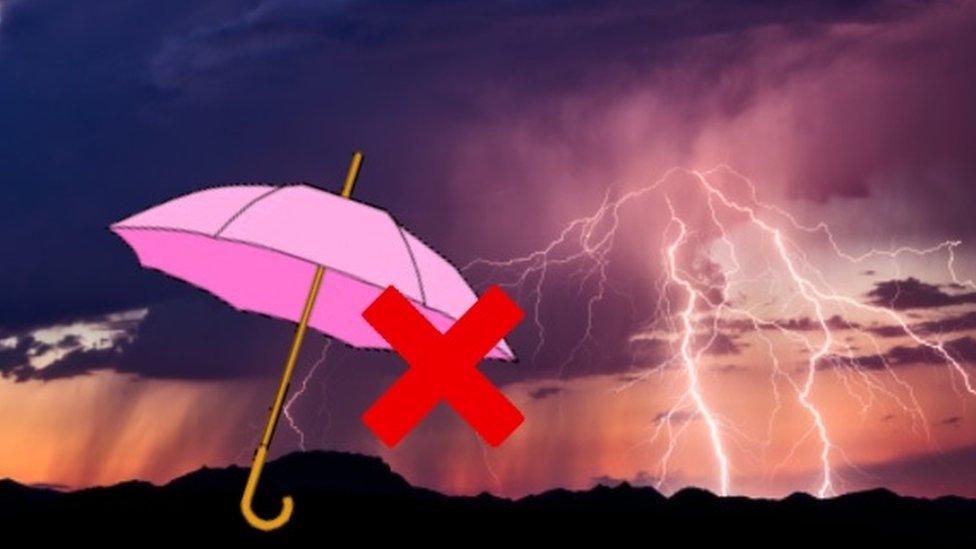Guide: What are UK weather warnings and what do they mean?
- Published
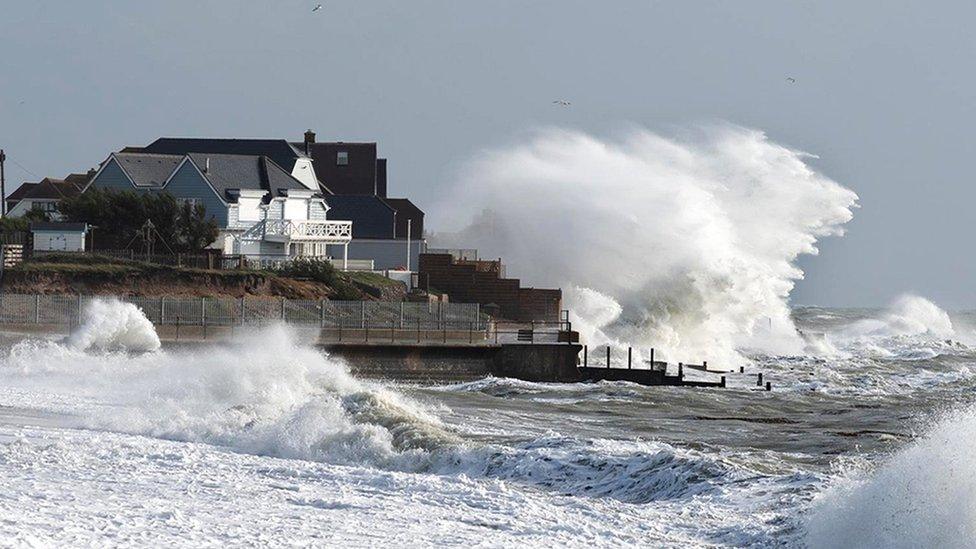
When heavy rain, wind or snow are expected, sometimes weather warnings are issued by forecasters.
In 2023 we've already seen several big storms which have led to yellow and amber warnings and even a rare red warning in Aberdeenshire.
Weather warnings are used to advise people about the level of care they need to take depending on conditions.
But what does it mean when the Met Office issues a weather warning? And what are the different levels?
What is a weather warning?
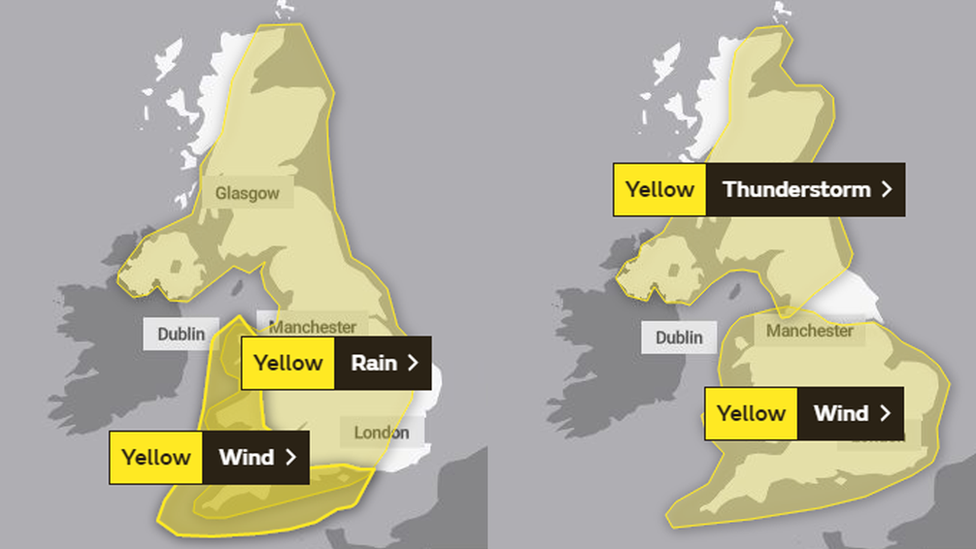
The Met Office has different types of weather warnings to make sure that people stay safe when severe weather hits the UK.
This can include heavy rain, snow, wind, fog and ice.
The warnings have different colours depending on how bad - and potentially dangerous - the weather is. These are yellow, amber and red.
Guide : How do weather warnings work
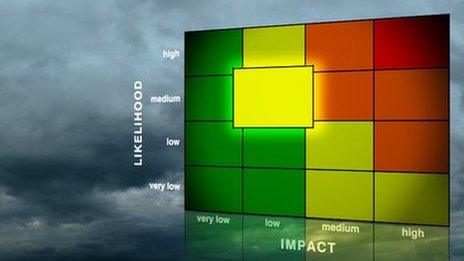
What does a red weather warning mean and what should you do?
Red is the most serious kind of weather warning that the Met Office can issue.
It means that it is likely that the weather will cause damage, for example to buildings and roads.
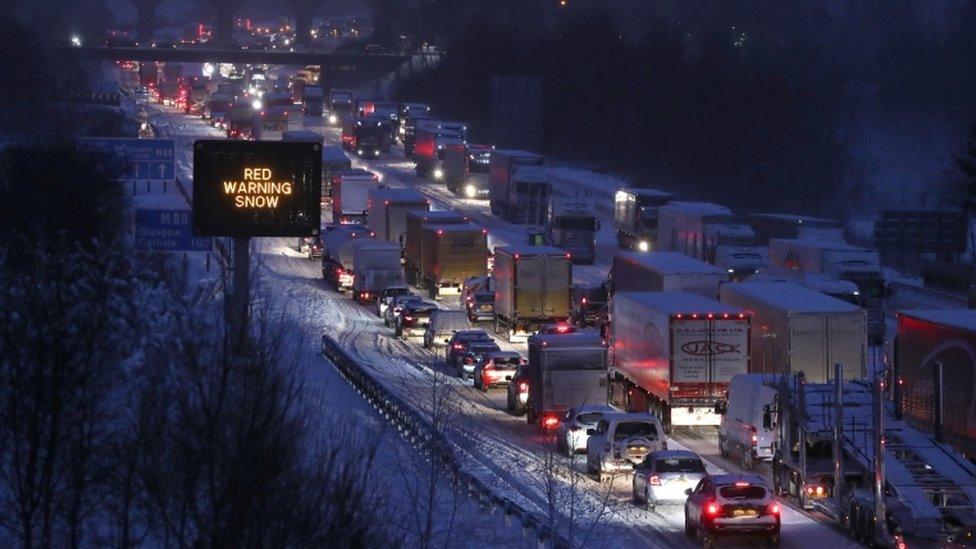
People are told to avoid travelling if they can.
A red weather warning means it's expected that there will be problems getting out and about - so buses, trains and flights may be delayed or cancelled altogether.
It could affect power cables which may mean homes in the area have power cuts.
It also means that there could be a risk to people's lives if they are not careful.
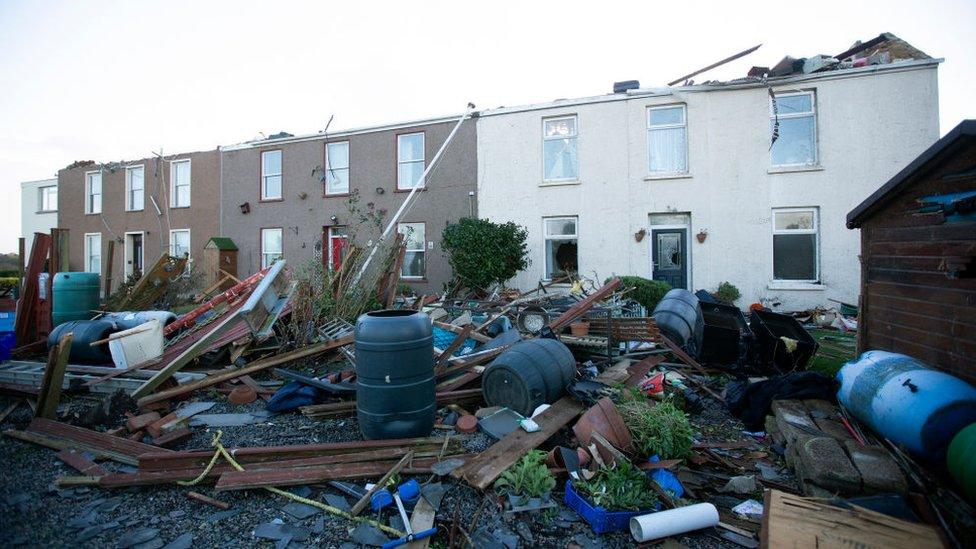
A clear-up operation is now underway in Jersey in the wake of Storm Ciarán
There are likely to be severe disruptions to things like travelling around, power cuts and it could mean damage to houses and shops.
The Met Office says that when it issues a red weather warning, people shouldn't travel at all, if possible, must stay away from areas which could be potentially dangerous, and they should follow the advice of the emergency services and local authorities.
What does an amber weather warning mean and what should you do?
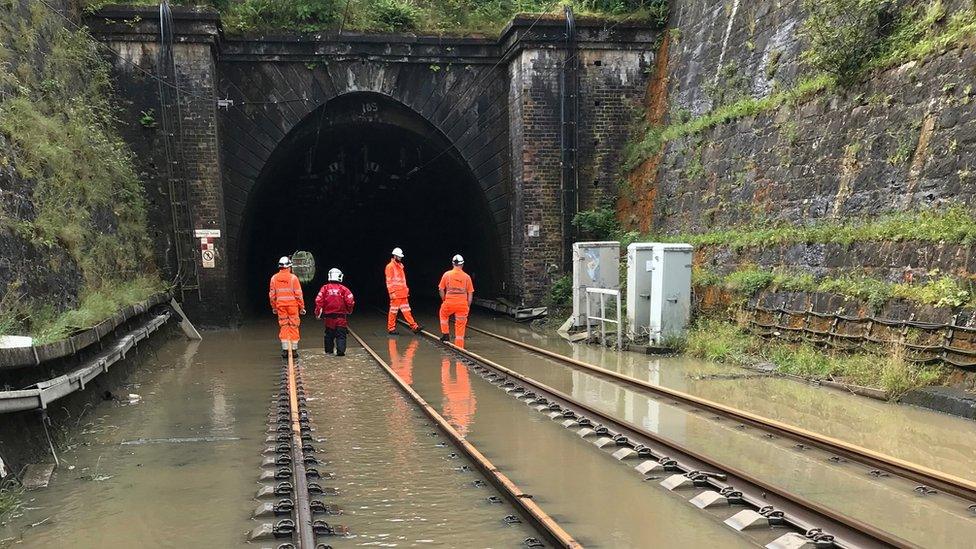
This photo shows engineers pumping water from a train tunnel in Scotland
An amber warning is the next level down from a red warning, so the situation is not quite as severe.
Amber means it is quite likely that bad weather will affect people, possibly including travel delays, road and rail closures and power cuts.
People should be prepared to change their plans to make sure that everybody stays safe from the impact of the weather.
What does a yellow weather warning mean and what should you do?
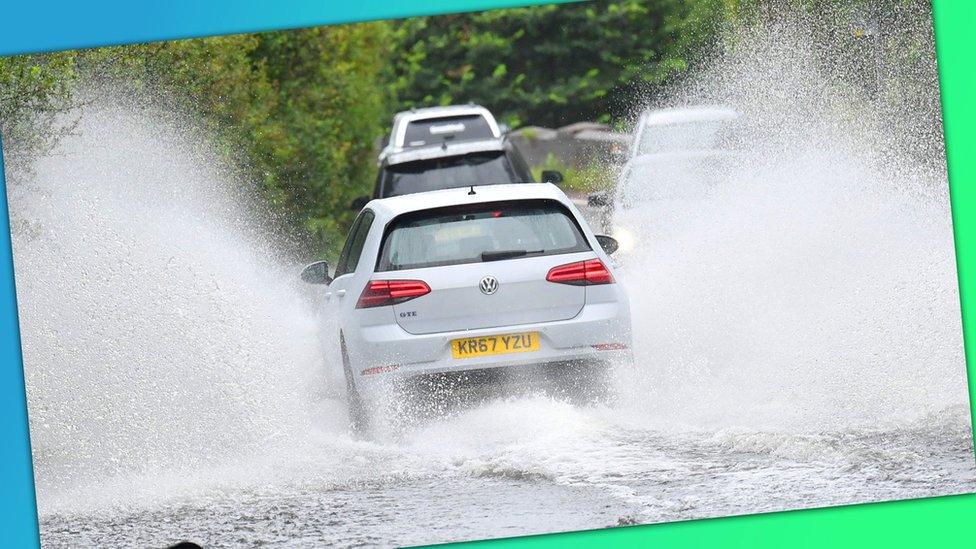
A yellow warning is the one down from amber, so is the least severe warning of the three.
It means the weather is likely to have some impact for some people, for example travel disruption, but others will be able to can just carry on as normal.
Other yellow warnings let you know that severe impacts could happen but experts aren't as certain that they will.
People are advised to keep an eye on the latest forecast to work out how much they might be impacted, especially if the weather changes or gets worse.
Normally the Met Office will put out specific advice or issues to watch out for as part of their weather warnings.
- Published18 October 2023
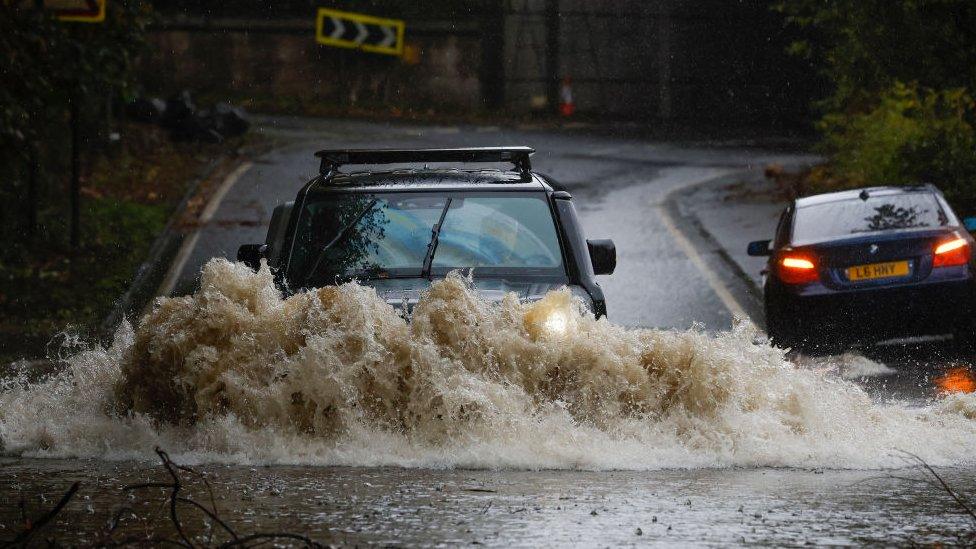
- Published2 November 2023

- Published6 August 2019

- Published26 July 2019
